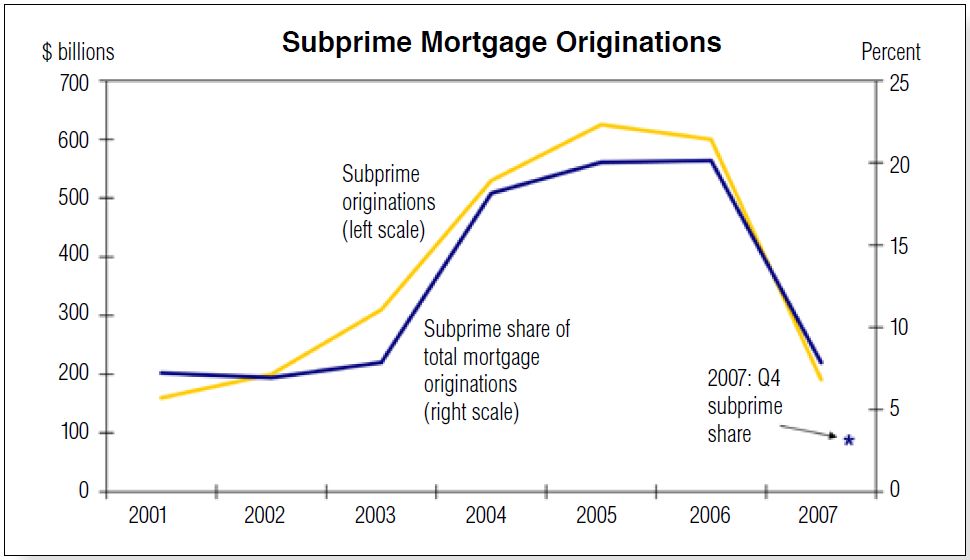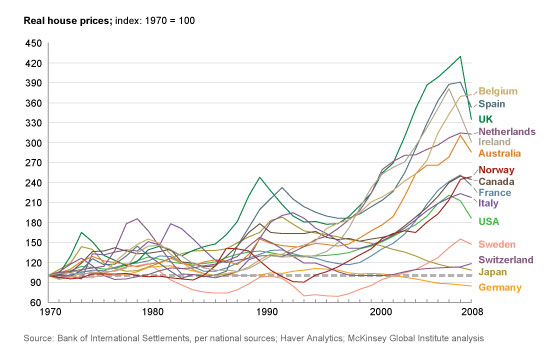EdwardBaiamonte
Platinum Member
- Nov 23, 2011
- 34,612
- 2,153
- 1,100
dear, you said it was ghostwritten by AEI then you admitted to being a liar- right?[/QUOTE]
I said FOR AEI, USING THEIR TALKING POINTS THAT HAVE LONG BEEN DEBUNKED, ONLY KOOKS LIKE YOU, ED PINTO AND PETER WALLISON BELIEVES THE GARBAGE THEY BELCH![/QUOTE]
dear, you said it was "ghostwritten" by AEI then you admitted to being a liar- right? In fact, it was written by 2 NY Times Reporters! Are two NY Times reporters AEI????
DAD2THREE SAID: ↑
Rendargment is just ghost written by AEI, lol



